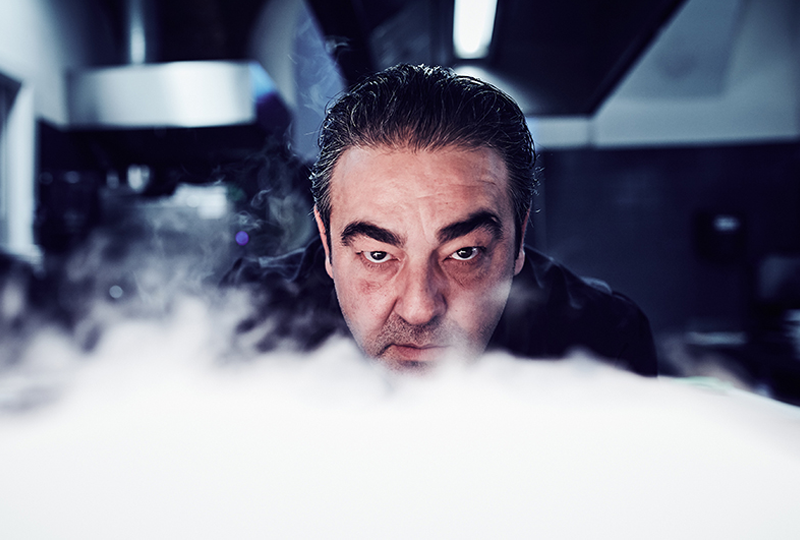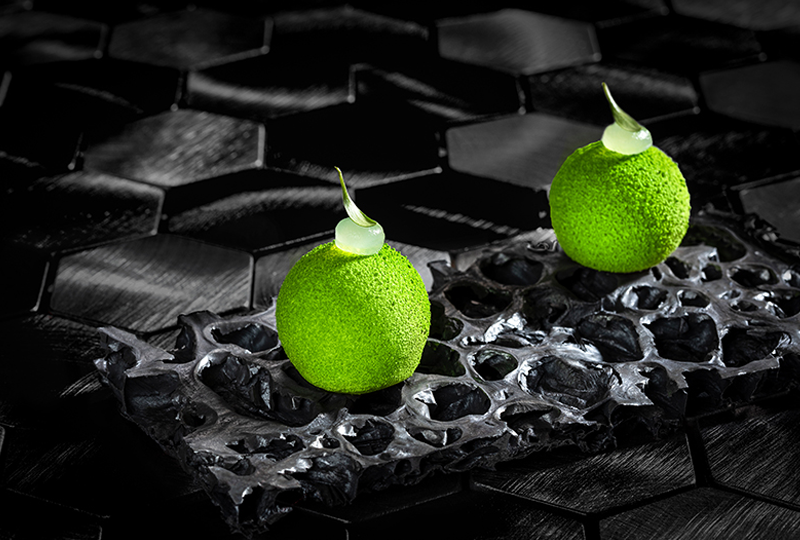In our new three-part mini-series, Michelin-starred chef Juan Amador tells us how and why the rotary evaporator has established itself in Amador restaurant as an integral part of the manufacturing process within a year. As an artist in the kitchen, he uses the significantly expanded palette of flavors like a painter uses his colors, and always composes something new from it. He also shares three of his recipes with us.
Today's post is all about the mint.

Juan Amador writes:
For a year now, we have been working intensively with the rotary evaporator from Heidolph, and our kitchen can no longer be imagined without this device.
For us, it was important to find out to what extent this device helps us in our culinary creations. For us chefs, playing with flavors, textures and temperatures is our greatest asset. As colors are to a painter, so are flavors to a chef. But how to wrap this flavor? In what kind of texture and temperature should this flavor delight our guests?
Of course, it makes the most sense not to change the basic product.
That means something like: If you want the taste of fresh mint, just use fresh mint. But that is not always possible.
In our case, for example, we wanted to make a praline with a sake mint filling. Most chefs use a mint liqueur for this and we too initially thought of using a high-quality mint liqueur. The problem was that most of the liqueurs simply tasted like artificial mint, i.e. toothpaste. Simply boiling out the mint would destroy the flavors of the fresh herb. And, this is where the rotary evaporator steps in: Its use enables the gentle extraction of the pure, natural mint aroma with all its facets. With this extract we were able to create an aromatic filling for the pralines. But it can also be used for other sweets.
Mint sake filling

Preparation:
Add all ingredients in the evaporation flask.
Set the heating bath to 40 degrees Celsius.
Set the vacuum to 200 mbar.
Set the rotation to 120 rpm.
Start the evaporation and slowly reduce the vacuum to 50 mbar in 5 mbar steps.
After about an hour, everything should be distilled.
Mix the distillate 1: 1 with the sugar syrup
Weigh out 13 g agar-agar per liter and boil with 200 ml liquid.
Add the rest of the liquid and let it cool.
When the mixture has jellified, mix with a blender to a fine gel.